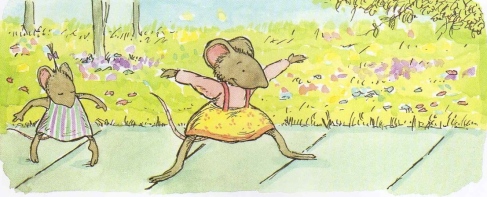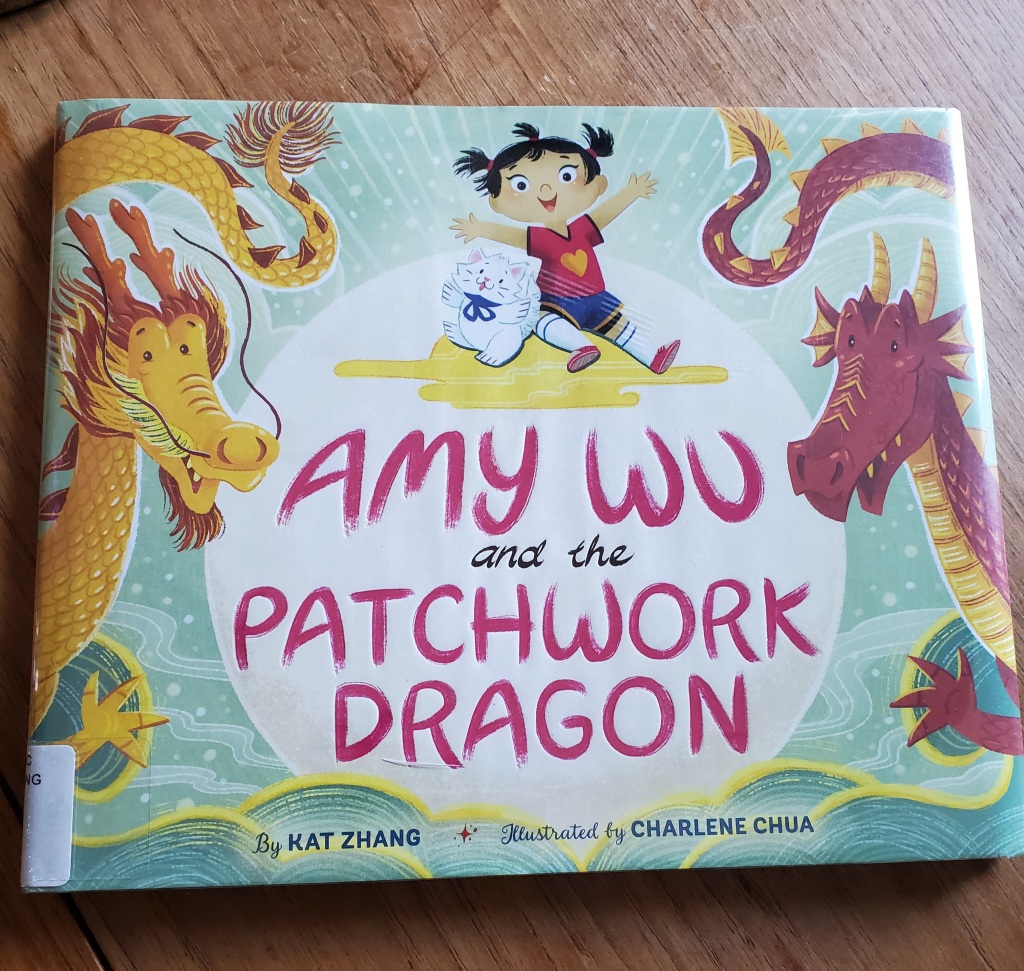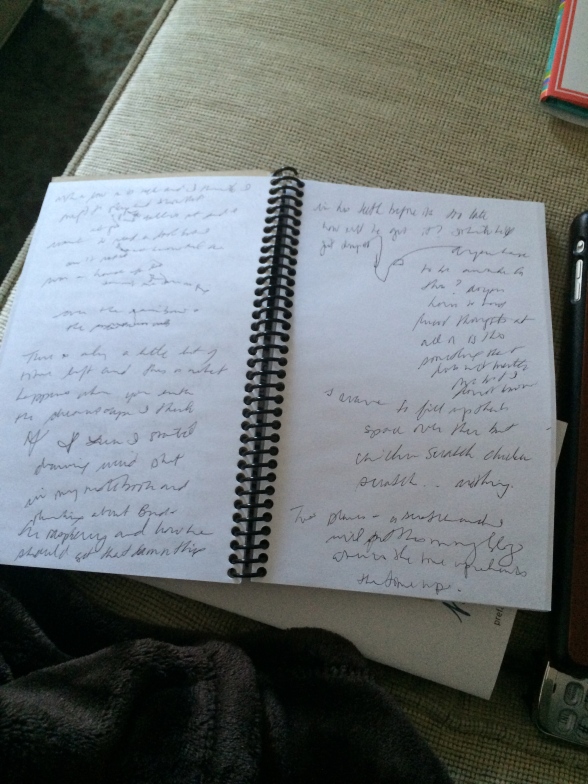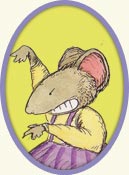In parts 1 and 2, I shared the beginning of an essay about the apparent lapse Kevin Henkes had in keeping to the cardinal rule of letting the protagonist solve his or her own problem. I was perplexed by the emotional resonance of his stories, and wondered how this was achieved. Here’s the last part of my essay:
Robert McKee identifies a variation of the typical protagonist structure that he calls the plural-protagonist. Here, “all individuals in the group share the same desire, [and] in the struggle to achieve this desire, they mutually suffer and benefit. If one has a success, all benefit. If one has a setback, all suffer . . . motivation, action, and consequence are communal” (McKee 136). It appears that Owen and his parents may be plural-protagonists – they both have the desire for the happiness and security of Owen, and this can be achieved when Owen gets to keep his blanket. We see through the pictures that the parents are just as distressed as Owen at each of the attempts to rid him of the blanket, thus the suffering is communal. And when the mother solves the problem, they all benefit. The story is empowering, and resonates with the reader because of this plural-protagonist set-up.
In Sheila Rae, The Brave, Louise and Sheila Rae may act as plural-protagonists. While Louise does not appear in the text for six pages, we see from the way Henkes draws her eyes and positions her body that she is truly frightened while Sheila Rae performs her brave feats. We can tell right away that Sheila Rae’s desire is to always be brave. But when Sheila Rae calls Louise a scaredy cat, Louise whispered, “Am not,” thereby showing the reader that her desire, too, is to be brave. What is not so clear is how success and setbacks are communal in this work. It almost seems that when Sheila Rae is brave, Louise doesn’t have to be, but when Sheila Rae can’t be brave, Louise can be. At the end Louise states that they are both brave and fearless, and they fearlessly walk backward into their home together. It’s as though at first there is not room enough for both to be brave, but in the end there is.
While initially all three of Henkes stories appeared to have protagonists who were short-changed of their own empowering ending, it is clear that Henkes tweaked the typical protagonist norms to achieve reader satisfaction in both Owen, and Sheila Rae, The Brave. He did this by linking two sets of characters together in a way that allowed them all to benefit. The beauty of this technique comes from the fact that Henkes eludes to an interconnectedness and sense of community in his work – and this resonates with the reader.

There you have it – my essay in three parts. To me, the idea of plural-protagonists opens up a world of possibilities. I believe in community and connectedness, and am excited to explore how emotional resonance can be achieved when characters work in tandem rather than alone. What thoughts, questions, or possibilities has it opened up to you?
BTW – check out Ingrid’s Notes on the idea of working with connection – it’s a great post!
Essay References:
Henkes, Kevin. Chrysanthemum. New York: Greenwillow Books, 1991. Print.
Henkes, Kevin. Owen. New York: Greenwillow Books, 1993. Print.
Henkes, Kevin. Sheila Rae, the Brave. New York: Greenwillow Books, 1987. Print.
Lamb, Nancy. The Writers Guide to Crafting Stories for Children. Cincinnati, OH: Writer’s Digest Books, 2001. Print.
McKee, Robert. Story: Substance, Structure, Style and the Principles of Screenwriting. New York: ItBooks, 1997. Print.
Paul, Ann W. Writing Picture Books: A Hands-on Guide from Story Creation to Publication. Cincinnati, Ohio: Writer’s Digest Books, 2009. Print.







